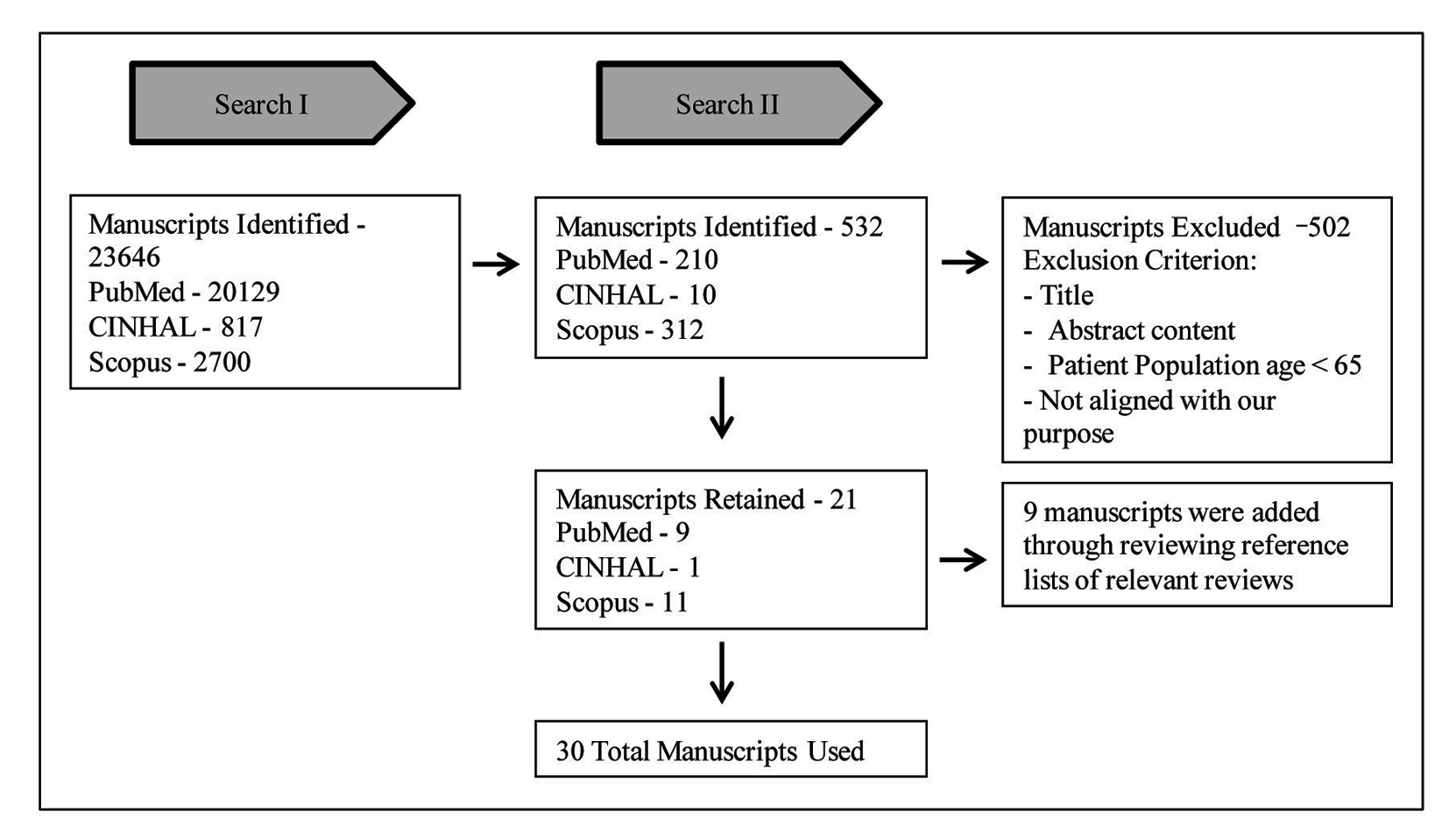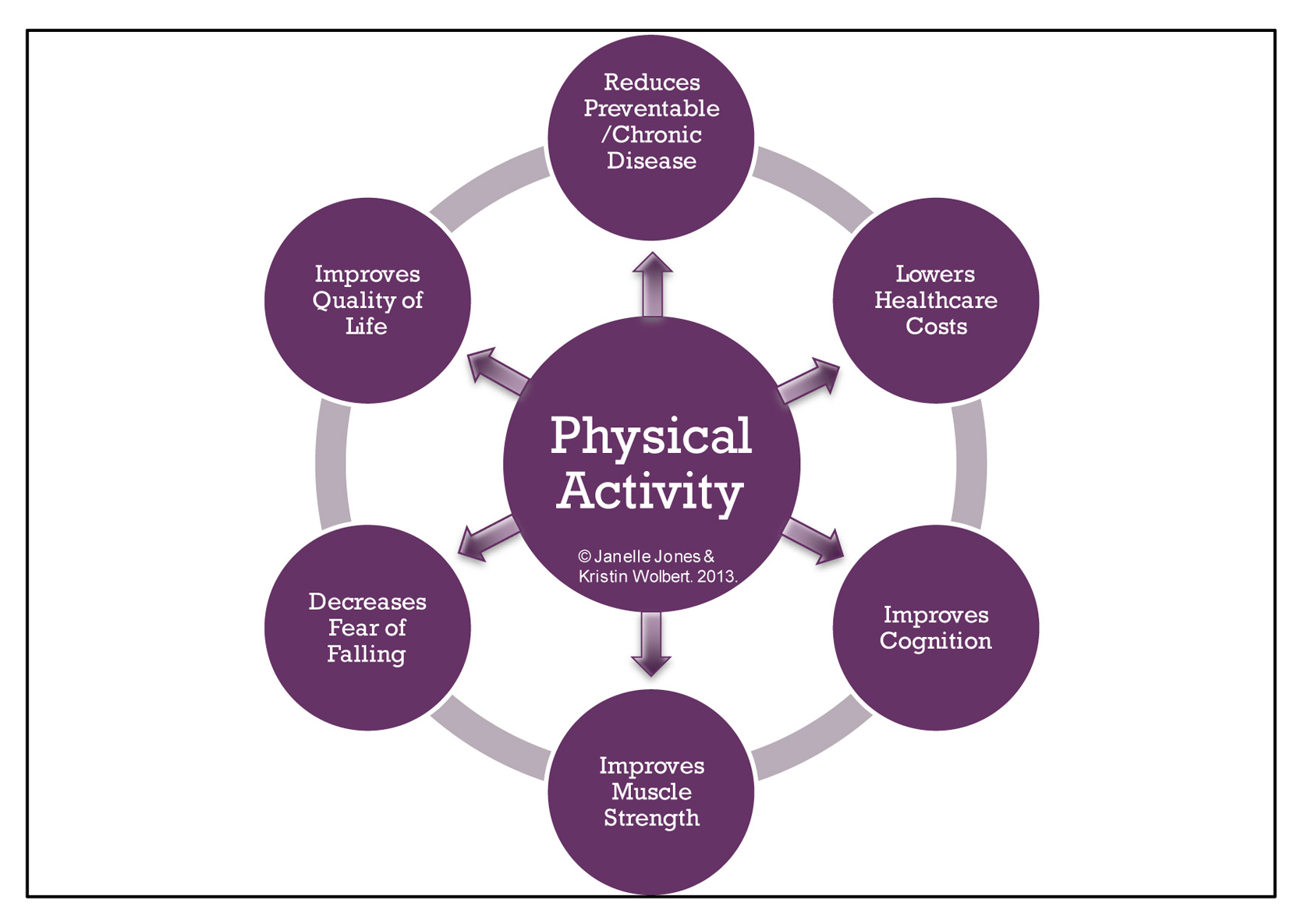
Figure 1. Flowchart of manuscript selection process for review.
| Journal of Clinical Medicine Research, ISSN 1918-3003 print, 1918-3011 online, Open Access |
| Article copyright, the authors; Journal compilation copyright, J Clin Med Res and Elmer Press Inc |
| Journal website http://www.jocmr.org |
Review
Volume 7, Number 8, August 2015, pages 585-593
Impact of Physical Activity on the Self-Perceived Quality of Life in Non-Frail Older Adults
Figures


Tables
| Key term | Definition |
|---|---|
| Different key terms with their definitions as expressed within this paper. | |
| Physical activity | “Any bodily movement produced by skeletal muscles that result in energy expenditure’’ above resting (basal) levels. Physical activity broadly encompasses exercise, sports, and physical activities done as part of daily living, occupation, leisure, and active transportation” (garber). It is an unstructured and integrated into everyday life and exercise in a prearranged, deliberate, and repetitive manner [6]. |
| Exercise | “Physical activity that is planned, structured, and repetitive and (that) has as a final or intermediate objective the improvement or maintenance of physical fitness” [7]. |
| Physical fitness | “The ability to carry out daily tasks with vigor and alertness, without undue fatigue and with ample energy to enjoy (leisure) pursuits and to meet unforeseen emergencies. Physical fitness is operationalized as “(a set of) measurable health and skill-related attributes” that include cardiorespiratory fitness, muscular strength and endurance, body composition and flexibility, balance, agility, reaction time and power” [7]. |
| Energy expenditure | “The total amount of energy (gross) expended during exercise, including the resting energy expenditure (resting energy expenditure + exercise energy expenditure). Energy expenditure may be articulated in METs, kilocalories or kilojoules” [7]. |
| MET | “An index of energy expenditure. “(A MET is) the ratio of the rate of energy expended during an activity to the rate of energy expended at rest (One) MET is the rate of energy expenditure while sitting at rest...by convention, (1 MET is equal to) an oxygen uptake of 3.5 mL/kg/min” [7]. |
| MET-minutes | “An index of energy expenditure that quantifies the total amount of physical activity performed in a standardized manner across individuals and types of activities. Calculated as the product of the number of METs associated with one or more physical activities and the number of minutes the activities were performed (i.e., METs × minutes). Usually standardized per week or per day. Example: jogging (at about 7 METs) for 30 min on 3 days/week: 7 METs × 30 min × three times per week = 630 MET min/week” [7]. |
| Sedentary behavior | Activity that involves little or no movement or physical activity, having an energy expenditure of about 1 - 1.5 METs. Examples are sitting, watching television, playing video games, and using a computer. |
| Healthy aging | As obtaining or maintaining “physical, intellectual, emotional, social, vocational and spiritual functioning” (Ng) at the best possible self-perceived level for aging adults [5]. |
| Quality of life | Encompasses “physical and social functioning, emotional well-being, role activities, and individual health perceptions” and is measured by using different questionnaires, and is sometimes referred to as health-related quality of life [8]. |
| Functional performance | The physical, psychological, social, occupational, and spiritual activities that people actually do in the normal course of their lives to meet basic needs, fulfill usual roles, and maintain their health and well-being” [9]. |
| Article No. | Authors, publication date, study title, journal | Data collection procedures | Study population | Major findings |
|---|---|---|---|---|
| 1 | Benedict et al [18] 2013 Association between physical activity and brain health in older adults Neurobiol Aging | MRI imaging, self-report physical activity | 331 cognitively healthy elderly > 75 years old | A positive association between level of physical activity and mini-mental state examination score, a negative association between physical activity and time to complete Trail-making B test, and the level of physical activity correlated with total brain volume and white matter volume. Physical activity is an important part of lifestyle to maintain healthy brain. |
| 2 | Geirsdottir et al [19] 2012 Physical function predicts improvement in quality of life in elderly Icelanders after 12 weeks of resistance exercise J Nutr Health Aging | Dual energy X-ray absorptiometer, TUG test and 6MW, hydraulic hand dynamometer, isokinetic dynamometer, and HRQQL questionnaire | 238 participants aged ≥ 65 | Changes in the 6-minute walk for distance significantly improve lean mass, muscle strength, physical function, and health related quality of life (HRQL). The improvements in physical function predict improvements in HRQL. |
| 3 | Ho et al [14] 2011 The effects of physical activity, education, and body mass index on the aging brain Hum Brain Mapp | MRI, BMI, Minnesota Leisure-Time Activities questionnaire, human brain mapping | 226 with mean age of 77.9 ± 3.6 SD | Physical activity is associated with about 2-2.5% greater average white tissue volume. Increased physical activity is associated with greater average brain tissue volumes. |
| 4 | Aoyagi et al [20] 2010 Habitual physical activity in the elderly: The Nakanojo study Geriatrics & Gerontology | Physical activity questionnaire, uniaxial pedometer/accelerometer | 5,000 older adults over 65 (one-tenth randomly selected to assess physical activity) | 20 min/day of moderate walking along with over 60 min/day light activity leads to better physical health. A smaller amount of deliberate physical activity is associated with increased mental health. |
| 5 | Muscari et al [21] 2010 Chronic endurance exercise training prevents aging-related cognitive decline in healthy older adults: A randomized controlled study Int J Geriatr Psychiatry | 3 hourly sessions/week for 12 months, baseline and post-intervention assessments of MMSE, subsub-maximal cycle ergometer test, selected anthropometric measurements, and blood drawing for laboratory determinations, PASE questionnaire | 120 healthy subjects between 65 and 74 years old | Cognitive decline may be reduced with the use of endurance exercise training as assessed by the mini-mental state examination. |
| 6 | Fitzpatrick et al [22] 2007 Associations of gait speed and other measures of physical function with cognition in a healthy cohort of elderly persons J Gerontology | TICS questionnaire, 3MSE, 14 neuropsychiatric tests, anthropometric measures of height and weight, self-reports, 15-feet timed walk (regular pace and fast pace) | 3,035 healthy mobile adults ≥ 75 years old | Significant association between lower modified mini mental state examination and time to walk 15 feet at rapid pace. |
| 7 | Goodpaster et al [23] 2006 The loss of skeletal muscle strength, mass, and quality in older adults: The health, aging and body composition study J Gerontology | Isokinetic dynamometry, dual-energy X-ray absorptiometry and computed tomography | 3,075 men and women aged 70 - 79 years | Maintaining or gaining muscle mass does not prevent aging-associated declines in muscle strength. |
| 8 | Karinkanta et al [24] 2005 Factors predicting dynamic balance and quality of life in home-dwelling elderly women Gerontology | Rand-36 questionnaire, figure-of-eight running test, leg press dynamometer, ground reaction forces (GRF) with a force platform, a sit-to-stand and a step-on-a-stair, and simple reaction time paradigm, employing a random light or sound stimulus and a finger pushbutton as the response to the stimulus | 153 women aged 70 - 78 years old | Dynamic balance is one of the most important determinants to protect independency later in life and good indicator of quality of life. |
| 9 | Rosano et al [25] 2005 Association between physical and cognitive function in healthy elderly: The health, aging and body composition study Neuroepidemiology | 3MS, DSST, gait speed was measured (m/s) during two 6-m walks, both performed at usual or normal pace, NW test required the participant to walk between lines of colored tape on the floor, 20 cm apart | 3,075 nondisabled men and women aged 70 - 79 years | There is a significant association between physical activity and cognitive function. |
| 10 | Brouwer et al [26] 2004 Physical function and health status among seniors with and without a fear of falling Gerontology | SF-36, ABC scale, Human Activity Profile questionnaire, limits of stability, walking speed, lower extremity muscle strength | 25 older adults in fear of falling group and 25 older adults in control group | Fear of falling is associated with lower physical function. |
| 11 | van Gelder et al [27] 2004 Physical activity in relation to cognitive decline in elderly men: The FINE study Neurology | Physical activity self-report questionnaire, MMSE, and questionnaires for demographic, lifestyle and other information | 295 older men | Physical activities of medium-low intensity are associated with a decrease in cognitive decline more so than activities of the lower intensity. |
| 12 | Muraki et al [9] 2001 A preliminary investigation to explore the effects of daytime physical activity patterns on health-related QOL in healthy community-dwelling elderly subjects Phys Occup Ther Geriatr | Mini-Motionlagger Actigraph, Zung Self-Rating Depression Scale, Life Satisfaction Index-Z, and Visual Analogue Scale of Happiness | 69 elders | Gender is not factor, but marital status is in the difference in the correlation between physical activity and quality of life. Quality of life may differ by gender. |